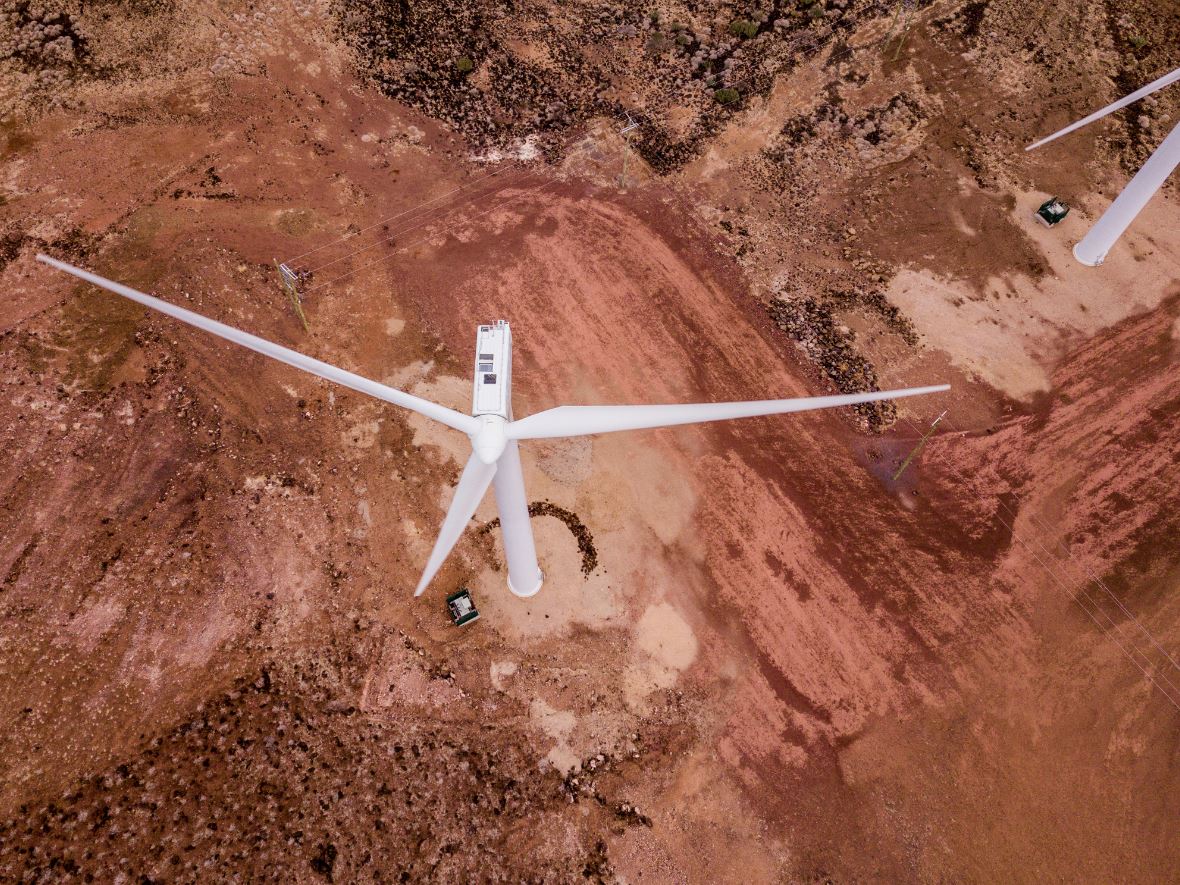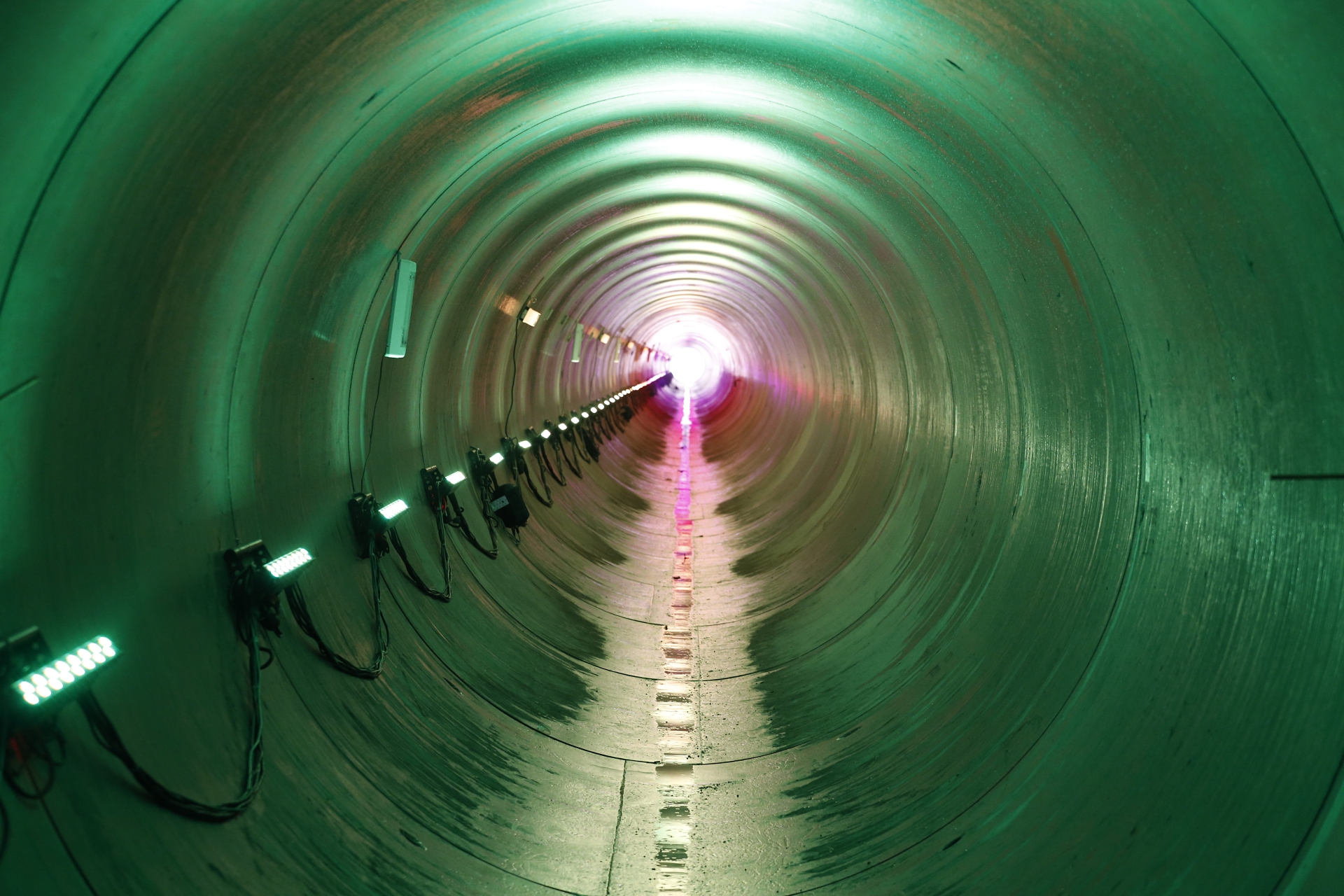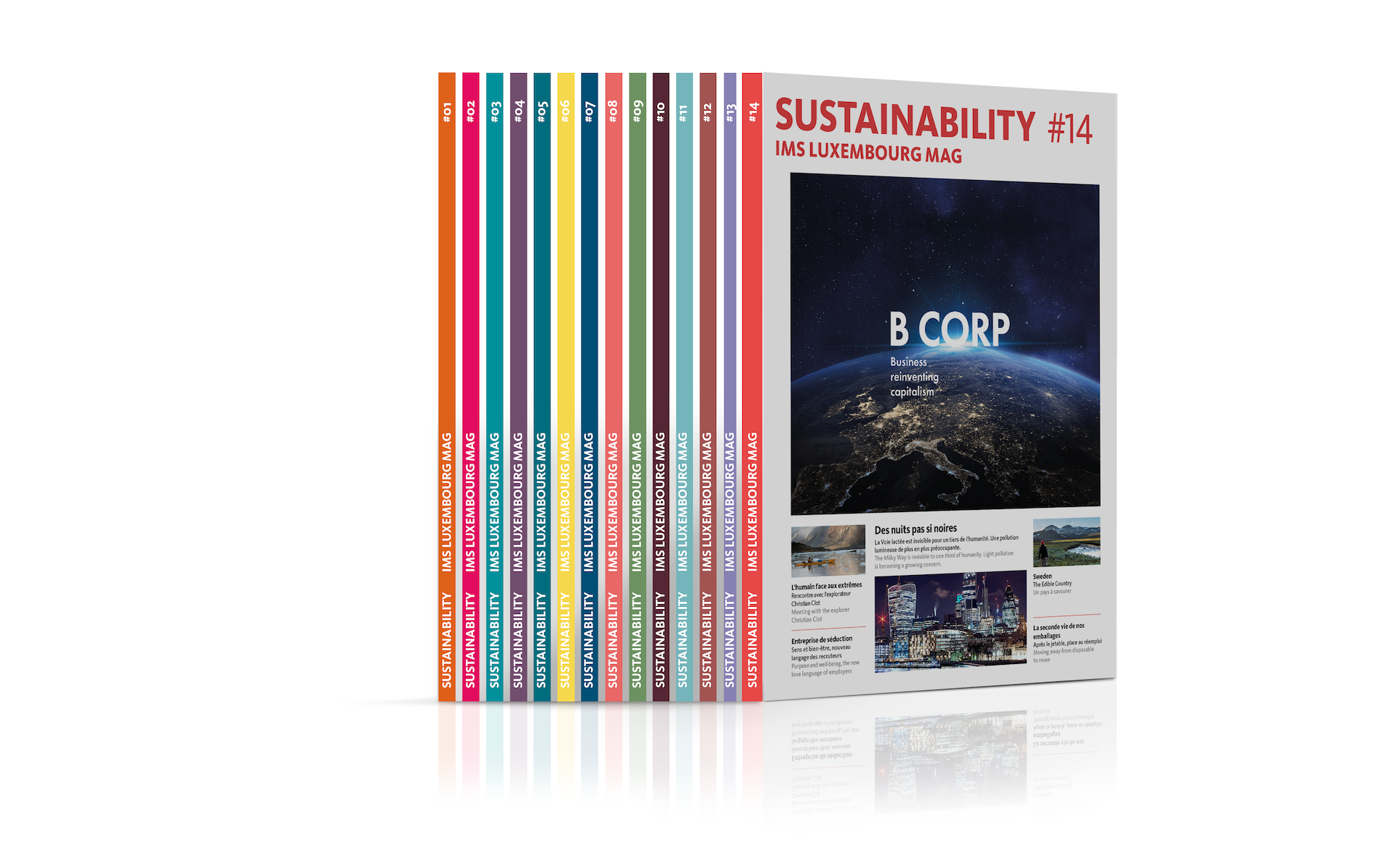Marjut Santoni: Ambitions for the Climate Bank

"We are already the world's biggest financing institution regarding climate action but we can do more"
The rumour mill is running at full speed about the creation of a climate bank responding to Europe’s new ambitions. The EIB, already heavily involved in this field, ticks all the boxes to endorse this mission. Diving into the institution’s key role in the financing of a sustainable European economy. Interview with its Secretary-General, Marjut Santoni.
INTERVIEW
Sustainability MAG: Let’s start with a few figures to under-stand the EIB's impact. The institution celebrated its 60th anniversary last year. Since its creation, how many projects have been financed and what does this represent in terms of investments?
Marjut Santoni: After 60 years we are proud to say that we are the largest multilateral bank in the world in terms of volume. At the present time, the Group’s annual volume is around EUR 70 billion. Now, if you cumulate our 60 years of existence, for the Bank alone we reach EUR 1.4 trillion. Can you imagine? We have financed over 13 000 projects since 1958! On average in recent years, 450 projects have been supported each year. Under the Juncker Plan, this number has risen to 600 with smaller financing amounts per operation spread across more projects. Nowadays, and more particularly in the European Union, we are doing business with new clients represented by young companies or growing companies.
Sustainable finance is in the EIB's DNA, we read. From this point of view, what is your assessment of its activities as of today? How do you measure the impact of your financing policy?
Well, we say in the Bank that sustainability is in everything we do or at least that it should be. If we talk about loans, each project is appraised to gauge whether it is sustainable and therefore financeable or not. For all our investments, we use a 3 pillar assessment. Environmental, social, financial value – these are some of the many aspects of a project that the EIB analyses. We also assess the portfolio and we report on an annual basis. On top of that, together with the European Commission, we are using their macroeconomic model called RHOMOLO. We do so to assess the expected impact of our portfolio. We have many different departments that undertake impact measurements. I would say it is integrated into an overall project analysis. Maybe the big difference between the EIB and ‘normal’ banks is that we have engineers and socio-economic or environmental experts who contribute to the assessment we make of each project.

One of the many projects financed by the EIB, committed to the empowerment of renewable energies
As a lender, the EIB also plays a pioneering role in issuing green bonds. This category of assets is still limited to the financial market. What are your ambitions in this area?
We were indeed the pioneer in 2007; but, we have also been setting standards over time. We have been working closely with the Luxembourgish authorities and the Luxembourg Stock Exchange to create a very inspiring story. So what are our ambitions? Well, I think it is easy to always talk about volume but it is much more important that you inspire others to follow your example. At this stage, there are many institutions from the private and public sectors that are issuing green bonds. Now, if we can persuade the public sector, such as sovereign Member States, to issue green bonds and be more aware of the green side of investments, that would be one of our next ambitions. Also, green bonds are now somehow settled but the standards are not. We are working closely together with the European Commission on the taxonomy standards to help investors to better understand what they are buying. So, the aim is, of course, to continue to be state-of-the-art regarding the issuance of green bonds, but also to develop other non-financial issues promoted by the EU. We are very transparent on our side here. This work is important because it focuses on the “soft values” of the Bank and these also constitute very important information for investors.
How do you view the measures announced on 18th June relating to the Sustainable Finance Action Plan?
You see, sustainability is not only about being green and I think this is a very important aspect for us. You were asking me about the EIB’s ambition for green bonds but if we want to expand to the SDGs, we should issue many more topical bonds. That is something our President, together with the UN Secretary, was very keen for us to develop. This initiative led to what we now call Sustainability Awareness Bonds (SAB) or SDG bonds. The first bonds of this type that we issued are related to the water sector but we want to go further than that. We want to include education and healthcare so that we manage to engage our investors in the completion of the SDGs. The idea is to create and support projects that have a direct and "real" added value for citizens facing very concrete issues.
The Institution's actions may sometimes not seem very concrete to the general public. On the environmental side, in which fields does the EIB operate? Can you give us examples of projects?
Well, I think this is a surprise for everybody but if you consider Belgian offshore wind farms in the North Sea, basically everything is financed by the EIB. We also finance solar farms inside and outside the EU and we have concrete projects on biodiversity such as the “renaturalisation” of the river Ems in Germany. Our environmental-related operations are addressing issues in many different sectors such as water, waste, all renewable energies and energy efficiency. We are also working on innovations regarding all these sectors. In the Nordic countries, we have done some remarkable work turning social housing into nearly zero-energy buildings and promoting clean transport. From a social perspective, my dearest project is in the province of Jujuy in Argentina where a waste project is being implemented. Thanks to this project, a cooperative was created and many people previously unemployed are now earning a salary and are being provided with better training and better working facilities. This project allowed parents to school their children instead of forcing them to work at their side. I mean, this created a great and very concrete social impact.
Talking about social impact, how do you integrate the social component - a crucial corollary as we have seen - of environ- mental action?
Well, the social component… usually I would say it is job creation and job maintenance through beneficial action, money-wise and environmentally, right? On that subject, a very interesting project that the European Investment Fund has just signed with the Ministry of Defence in the Netherlands is a “payment by results scheme” project This project focuses on soldiers or military staff who are no longer able to do their jobs. They want to find them a new job either by staying in the armed forces or outside this environment. The Ministry of Defence would have paid for this process anyway, but with the European Investment Fund on board, it motivated other investors to support this project and assume the financial risks associated with it. In this way, the Ministry of Defence will only have to pay for its investment if it manages to find a new job for at least 60% of the people included in the project by the end of the allocated time frame. These types of projects are based on what we also call Social Impact Bonds.
Some countries are more affected than others by environmental and social issues, how do you take this into account? How does this affect the budget split?
The Bank is demand-driven. To put it very bluntly, we do not just go somewhere and say “here is some money, do something with it”. We do not have cohesion funds like in the Commission, so we are looking for projects and clients. Our colleagues in the Projects and Operations Directorates have plenty of contacts and they see where innovations are growing, which companies are active in each sector and if they have investment needs. In addition, we have advisory services working together with many stakeholders building up projects. These services have a big role in creating and developing good projects. We work with both managing authorities and companies but they are completely delinked. Regarding the EU Member States, the European Semester reflects on national investment needs and of course the investment programmes that each member has to put in place. We can be part of the financing solutions in addition to their own public institutions. In the private sector, on the other hand, when it comes to financing companies, the investments process is not driven by us, it is driven by businesses coming to us and asking for loans.

The Ems river renaturation project in Germany for EIB biodiversity actions.
The EIB seeks to encourage new models. It particularly promotes the circular economy. What are its ambitions? What tangible progress has been achieved in its funding in this area?
The circular economy is a model we have been dealing with for many years now and it represents a subject that is very close to our heart. We provide advisory services on that subject to promote and raise awareness among our stakeholders but it is also a model that illustrates how we want to act as a bank and as an administration. On the financing side, we are launching a new initiative on the circular economy representing EUR 2 billion to be invested within the next few years. What we are trying to achieve is to attract key players such as public institutions to share our ambition for the circular economy. The Clean Oceans Initiative is part of this project. I think it is very interesting to see that our new Commission President Ursula von der Leyen is making the circular economy one of her key priorities for Europe in her agenda: “Within 100 days, I will propose a new circular economy action plan focusing on sustainable resource use, especially in resource-intensive and high-impact sectors such as textiles and construction”.
Jean Jouzel, who came to Luxembourg for the IMS forum, submitted his Marshall Climate Plan to the EIB over a year ago. What is your vision on the subject?
At this very moment, our vision is our core target of USD 100 billion invested in climate action by 2020. This is what we want to do, and out of all the multilateral development institutions we are the only one that has a nominal target. In other cases, people are always talking about percentages. We want to achieve our USD 100 billion goal, that’s for sure. On top of that, we have the future ahead of us, which might generate some new demands…
Your role also extends to international markets. How do you intend to continue your action in developing countries?
90% of our lending volume is within the EU and, consequently, 10% is outside the Member States. Talking for example about the Economic Resilience Initiative, we try to help developing countries strengthen their economy. By doing so, we are promoting the creation of growth and opportunities so that populations will tend to stay in their countries rather than feeling like they must move somewhere else to have a better future. Reinforcing the economic resilience of developing countries is a real part of our activity. We are active in about 130 countries outside Europe.
Are we moving towards a new narrative for Europe? What role do you think the EIB can play in this in the future?
I think we can do a lot. At present, we already have 25% of our investments going to climate action. As I mentioned before, there is also all the work we do around social actions, the circular economy, environmental standards, etc. Nevertheless, I believe we can always do more. If the ambitions are set and if there is a genuine call for increasing ambitions, of course the EIB can achieve this. It just has to be decided. In her vision for Europe, Ursula von der Leyen mentions that she wants to turn the EIB into the bank of climate; we are already the world’s biggest financing institution regarding climate action but we can do more. She is very ambitious!
To be read also in the dossier "Small and Bigger Steps Towards a Sustainable Europe":

